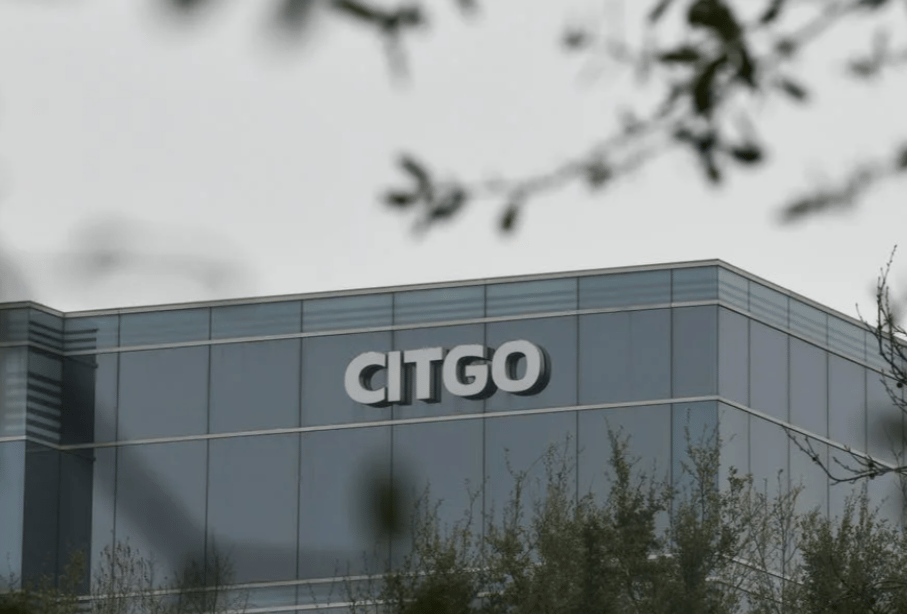In a rapidly changing global hospitality landscape, Hyatt’s ambitious plans in India signal a significant strategic shift. As the world gradually recovers from the COVID-19 pandemic, the demand for domestic travel has surged across the globe. In India, where a burgeoning middle class and an expanding consumer purchasing power converge, Hyatt is positioning itself to capture a growing market, ensuring its revenue growth remains in the double digits this fiscal year.
New Horizons in the Indian Market
Hyatt’s extensive experience in the Asia-Pacific region, which includes over 1,400 hotels, reinforces its commitment to tapping into high-potential markets. With a current portfolio that features around 325 properties throughout the region, the company now sets its sights on India — a nation home to approximately 1.4 billion people. Senior executive officer Karina Chorenchel highlighted the critical role India plays in Hyatt’s long-term strategy, noting plans to inaugurate six new hotels this year. These new properties are strategically distributed not only in major metropolitan areas but also in smaller cities, ensuring both urban and regional markets are served.
This strategic expansion comes at a time when the removal of many COVID-19 restrictions has revitalized domestic tourism. The renewed interest in localized travel has spurred demand for quality accommodations, while India’s rising middle class eagerly embraces enhanced hospitality experiences. Global hoteliers are thus increasingly tailoring their portfolios to align with local preferences and market dynamics, blending innovation with culturally attuned service.
Distinctive Elements of the Expansion Strategy
Hyatt’s approach to penetrating the Indian market relies on a multifaceted strategy. The company is focusing on several key areas designed to capture local market nuances and emerging consumer behaviors. By emphasizing the following aspects, Hyatt demonstrates its commitment to both quality and adaptability:
• Embracing innovative hospitality solutions
• Tailoring services to suit regional characteristics
• Integrating advanced digital technologies for optimized service delivery
• Adopting flexible pricing models that reflect local consumer demands
This comprehensive strategy not only underscores Hyatt’s expertise in navigating diverse markets but also reinforces its commitment to sustainable growth, aligning with evolving trends within the global hospitality industry.
Advantages and Challenges of the New Phase
The expansion into India presents a blend of substantial opportunities and inherent challenges. The prospects for growth are substantial, if balanced against the complexities of a dynamic market environment. Among the key advantages are:
1. Access to a vast market with high growth potential due to India’s expansive population
2. Enhanced global branding through successful projects in emerging economies
3. The opportunity to attract a new clientele that prioritizes both comfort and quality
4. Acceleration of digital initiatives that streamline operational efficiencies
At the same time, several challenges remain, which include:
- The regional diversity of India, requiring an adaptable and culturally sensitive service model
- Intense competition from local hospitality operators with a deep understanding of regional consumer needs
- Economic fluctuations that could influence consumer spending behavior
- The necessity for swift implementation of innovative technologies to maintain service excellence
Hyatt’s strategy thus involves a careful balance of leveraging significant opportunities while mitigating regional challenges—a dynamics reflective of the broader changes in the hospitality industry worldwide.
Looking Forward and Concluding Insights
Hyatt’s investments in expanding its footprint across India symbolize a broader trend among global hospitality providers: the shift towards emerging markets, where domestic tourism is on the rise and the appetite for premium hospitality experiences is growing. The company’s decision to inaugurate new properties throughout the country underscores its confidence in the resilience and potential of the Indian market, particularly in a post-pandemic economy.








Innovative capital strategies like these are fueling a surge in investment that paves the way for automation advancements